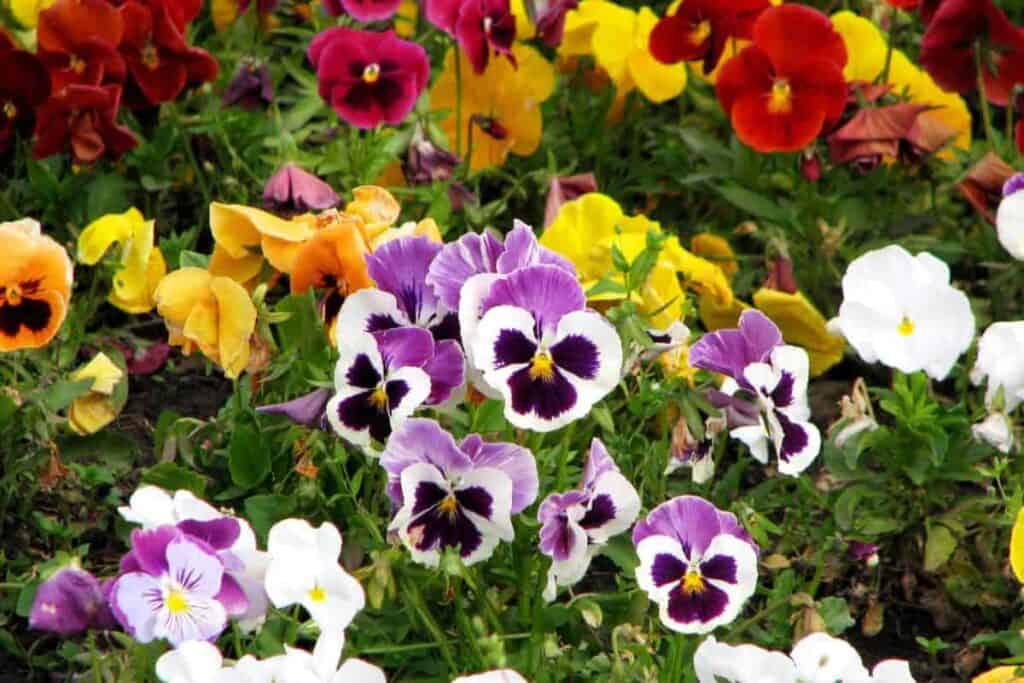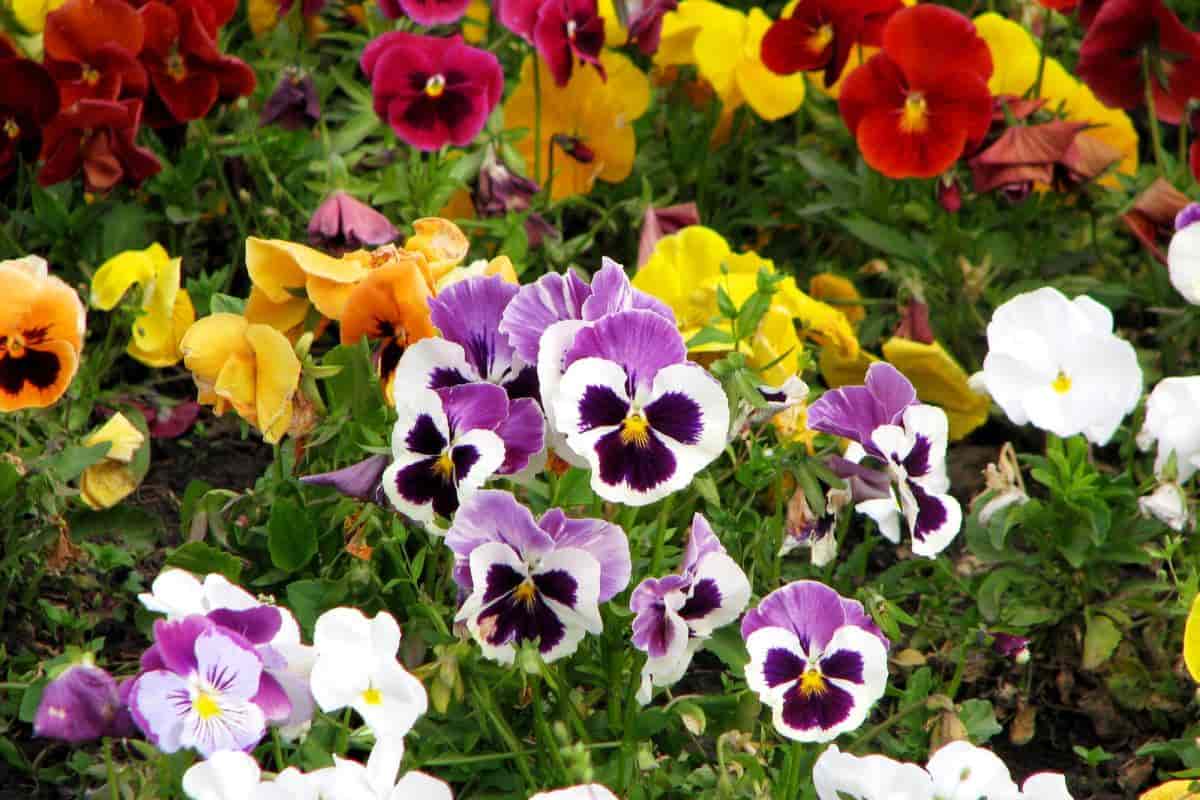With April begins the high pitch of planting fever. Sore hands, wet feet, bruises, and an occasional scratch from a thorn or a twig are all part of the game.

Mean weather takes its toll, too, on our tempers and strength, so a little planning is needed for handling plants that arrive early.
Advice in the form of “‘s” and “Don’ts” can be annoying to those who know, yet such timely reminders often prevent costly mistakes.
Here are a few on handling nursery stock that cannot be planted immediately.
Spring Clean-Up Time
Remove winter covers thoughtfully. It is better to take half the cover off and wait a day or two before clearing away the remainder.
Turn your compost pile when time permits, and sprinkle with lime. Clean debris can be used for starting a new pile. It is an easy matter to build a bin to keep the pile neat in appearance.
In cleaning up beds and borders, do not neglect corners where lumber and other materials are stored. Such places are breeding places for slugs.
Heel-In Early Arrivals
Strawberries usually shipped bare-rooted should be unpacked, moistened, and heeled in. Choose a spot protected from the hot sun and drying winds. Avoid covering too deeply, lest the new growth becomes decayed. Flowering shrubs and trees, bush fruits, and roses need similar treatment.
Dig a trench large enough to accommodate the plants. Set them in at an angle and cover them with soil, leaving the ends protruding. Move labels to the tops of branches so identity will not be lost.
When perennials arrive, unpack and heel them in the ground. If roots are dry, first soak them thoroughly, and be certain to inspect potted specimens for dryness. All perennials will need protection from strong light the first days after planting.
Some Planting Tips
Nothing is gained by working in wet, soggy soil. A good test is to take a handful; if it crumbles easily, it is in condition to be worked. This point is of particular importance when planting seeds and perennial plants.
Young growth on shrubs and perennials is often tender, especially if plants have been started in a greenhouse. A temporary cover with burlap, baskets, or evergreen boughs will protect them for a few days until they become established.
Set Out Pansies and Forget-me-nots
In setting out pansies, English daisies, and forget-me-nots, get your plants into the ground as early as possible.
Pinch off all blooms after planting and keep flowers picked for several days until the plants become established. The smaller the plants when transplanted, the better the results.
Beginners with home greenhouses should remember that seedlings and mature plants grown under glass need a hardening-off period before they are set out. Use a cold frame for this purpose or set flats out in a sunny, protected place. Warm spring winds are severe on tender plants.
Watering and ventilating are also vital. It only takes a few hours to “cook” your plants, but it takes months to replace them.
Rely on Ground Covers
Start ground covers under and between shrubs in areas that are difficult to reach for weeding. Such plants are myrtle, pachysandra, ivy, the various hostas, and epimedium are particularly desirable.
All are easy to propagate by dividing large plants. These plants help conserve moisture, keep down weeds and provide an effective cover for the soil’s surface
Feeding Your Lawn
When applying commercial fertilizer to your lawn, water it thoroughly to avoid burning.
For patching and re-seeding, use a good grade of seed. It takes no more effort to start with a top-quality seed. Bargain mixtures are seldom, if ever, satisfactory.
To Prevent Damping-off
For early crops, seeds can be planted as soon as the ground is workable and the soil is sufficiently warm for germination. Dust seed with a seed fungicide to prevent decay and damping-off. This practice is well worth the effort.
Radishes, lettuce, onions, beets, carrots, parsnips, turnips, and kohlrabi get a good start in cool weather.
Select your varieties with care and plan for several sowings. If peas are not planted as soon as the ground can be worked, there is little use in bothering with them.
Root Weevils Attack Evergreens
The black bean weevil and the strawberry root weevil have been causing considerable trouble by attacking rhododendrons, azaleas, spirea, wisteria, and many evergreens.
Most of the damage is done by the grubs, which feed on small roots or girdle larger roots near the surface of the ground.
Evidence on yews includes holes chewed in the margins of the needle-like leaves, especially on the lower branches. Root damage over a long period causes plants to turn a sickly yellow.
What To Do For Weevils
Evidently, soil treatment does not kill grubs. Therefore, spraying the entire plant, particularly the branches near the ground, as well as the surface of the soil, is recommended. This is best done from early June to mid-July using DDT or chlordane.
Warning of this pest is given now because these weevils have been particularly harmful in certain parts of the east and the northwest.
44659 by Na
